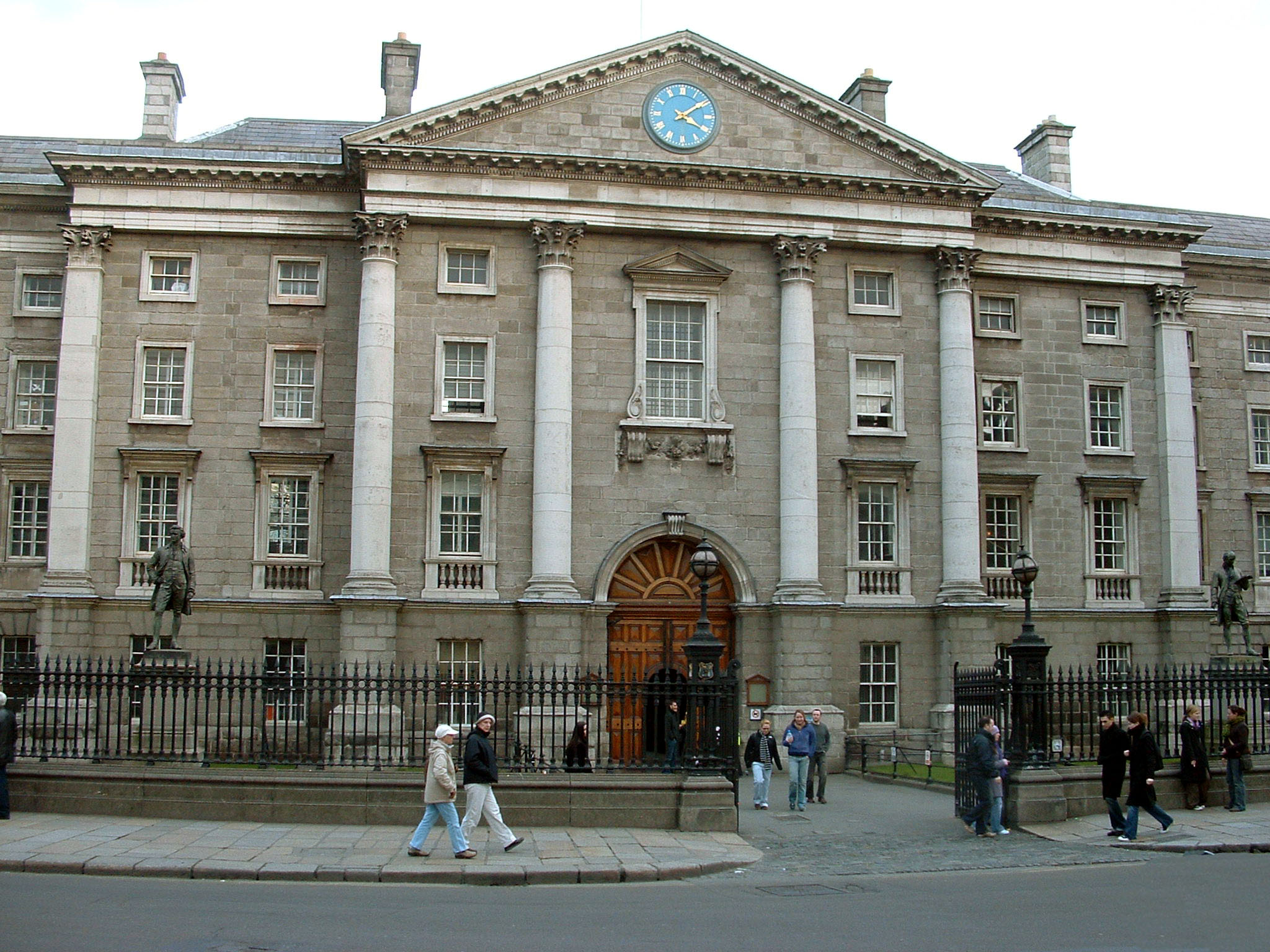As I embark on my study-abroad experience in Ireland I am excited for a blend of cultural immersion and educational inquiry. From an outside lens, this culture aspect will come naturally simply by being present, however synthesizing this course’s curriculum on Citizens’ Assemblies and Deliberative Democracy will take effort. For this reason, I read five texts pre-departure to orient myself within the discussion. Three of these writings struck me for their approach and comparability to democracy in the United States, and overall intrigue.
In Reimagining Democracy: Lessons in Deliberative Democracy from the Irish Front, the authors discussed their work to kickstart and institutionalize Citizen Assemblies – forums for people to “engage in open and constructive dialogue.” There were two themes from that stuck out to me as a contrast from American politics:
The first difference was Ireland’s acceptance of change in democratic norms. According to the authors, the first semblance of the present Citizen Assemblies was a discussion organized in 2011 (1). Yet within this abbreviated period, these gatherings influential to the degree that multiple recommendations because of these discussions were passed by referendum (27).
From a U.S. perspective, it’s easy to ask, “how did the Citizen Assemblies become such a powerful voice in Ireland so quickly?” Yet, when considering American history, our culture’s reverence for the 236-year-old Constitution (justifiably so), and the belated sequence of democratic reforms regarding civil rights, perhaps it isn’t Ireland that’s unorthodox; perhaps it’s us. Based off this juxtaposition, I believe Ireland’s Citizen Assemblies most fundamentally differ from American culture in these systems’ embedded appetite for systemic change.
The second contrast demonstrated regards the type of reforms (or lack thereof), Citizens’ Assemblies and American government take. These differences, I believe, are a function of the degree of involvement from ordinary citizens. In Reimaging Democracy, the authors discuss how Citizen Assemblies played a role in “breaking conservative orthodoxies,” and fostering a perception of Ireland as more tolerant (29)(2). Thus, it appears that Citizen Assemblies objectively had an impact in shifting public opinion and policy.
In the United States, however, our system includes checks and balances that enforced pre-existing norms. These guardrails were even more strict at the onset of the Constitution’s adoption, one such example being the original indirect election of U.S. Senators, as they were chosen by the respective state legislatures. It appears that Irish Citizen Assemblies represent a more people-centered democratic theory, while U.S. democracy puts greater value on protecting the status-quo.
My second reading was an article on Ireland’s March referendums and their impact on the Citizens’ Assemblies. According to the article a makeshift Citizens’ Assembly proposal was voted on in a nationwide referendum, which unexpectedly, but resoundingly failed. In comparing this situation to the United States, there is certainly a significant difference in the method of voting since the U.S. doesn’t hold nationwide referendums. However, beyond that difference, I actually believe the outcome and possible reasons for it align with American culture. First off, the article attributes the referendums failure in large part due to the government’s wording of the proposal, altering what had been recommended by the Citizen Assembly on gender equality. This change may have caused distaste with the government for fundamentally ignoring the Citizen Assembly’s recommendations. Second, as substantiated in the first paper, progressive policy experienced an abnormal winning streak, scoring referendum victories on gay marriage and abortion. Similar to the fluctuating nature of United States politics, perhaps a similar pendulum swing has occurred in Ireland.
The last article on the resignation of Ireland’s most-recent Prime Minister, Leo Varadkar, I found interesting less so because of any comparisons between the United States, but because of the reasons for his departure. In the article, Varadkar is quoted as saying “I believe this government can be re-elected – I believe a new taoiseach will be better placed than me to achieve that” (Al Jazeera). From this perspective, it appears that the rationale for his exit invokes an element of political strategy on behalf of his party, Fine Gael. Lastly, the article appears to frame the two March resolutions originally conceptualized by the Citizens’ Assembly as an impetus for Varadkar’s departure. Regardless of the outcome of these referendums, it is apparent that choices made from the Citizens’ Assemblies carry weight and/or a rippling effect in Irish politics.
References:



